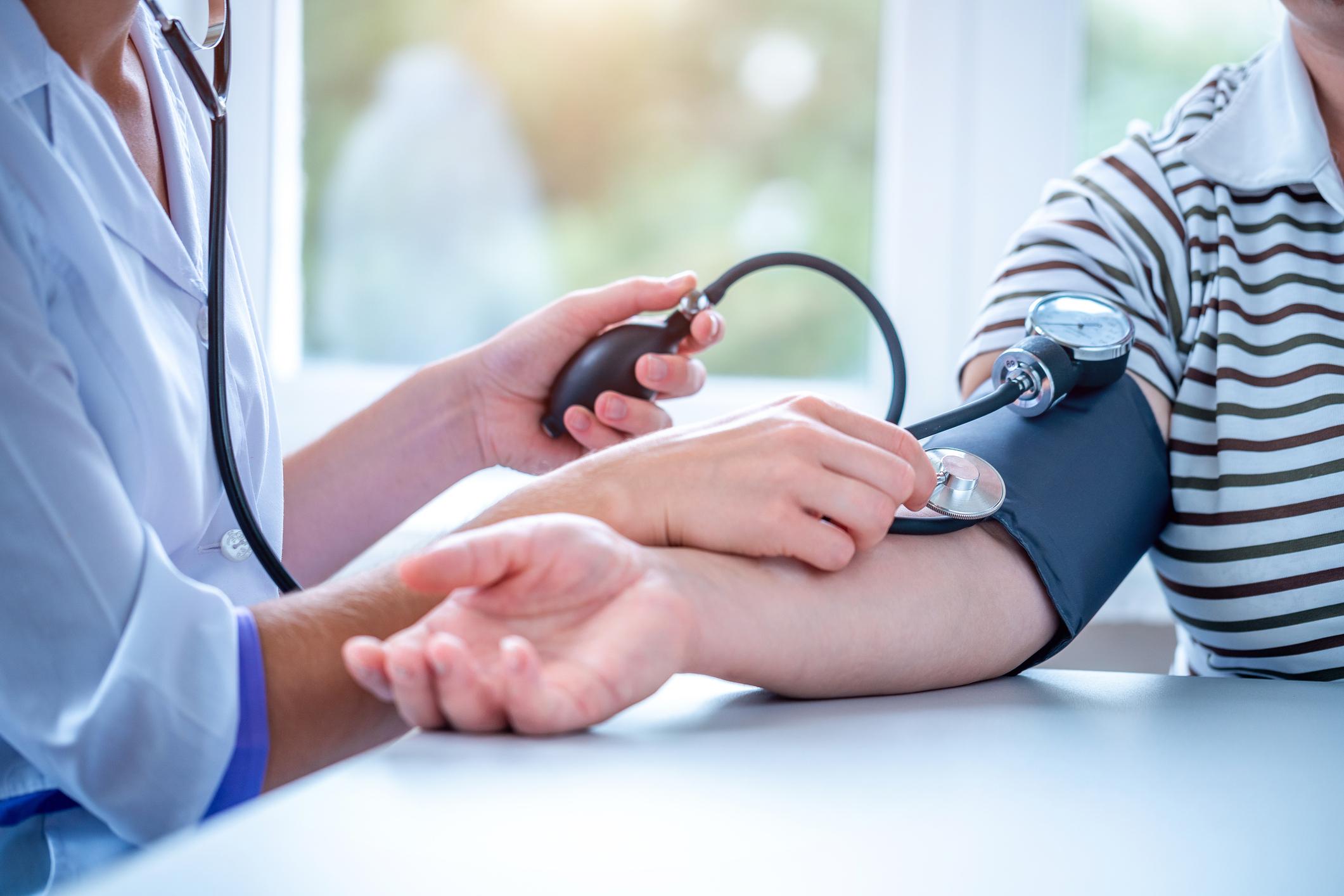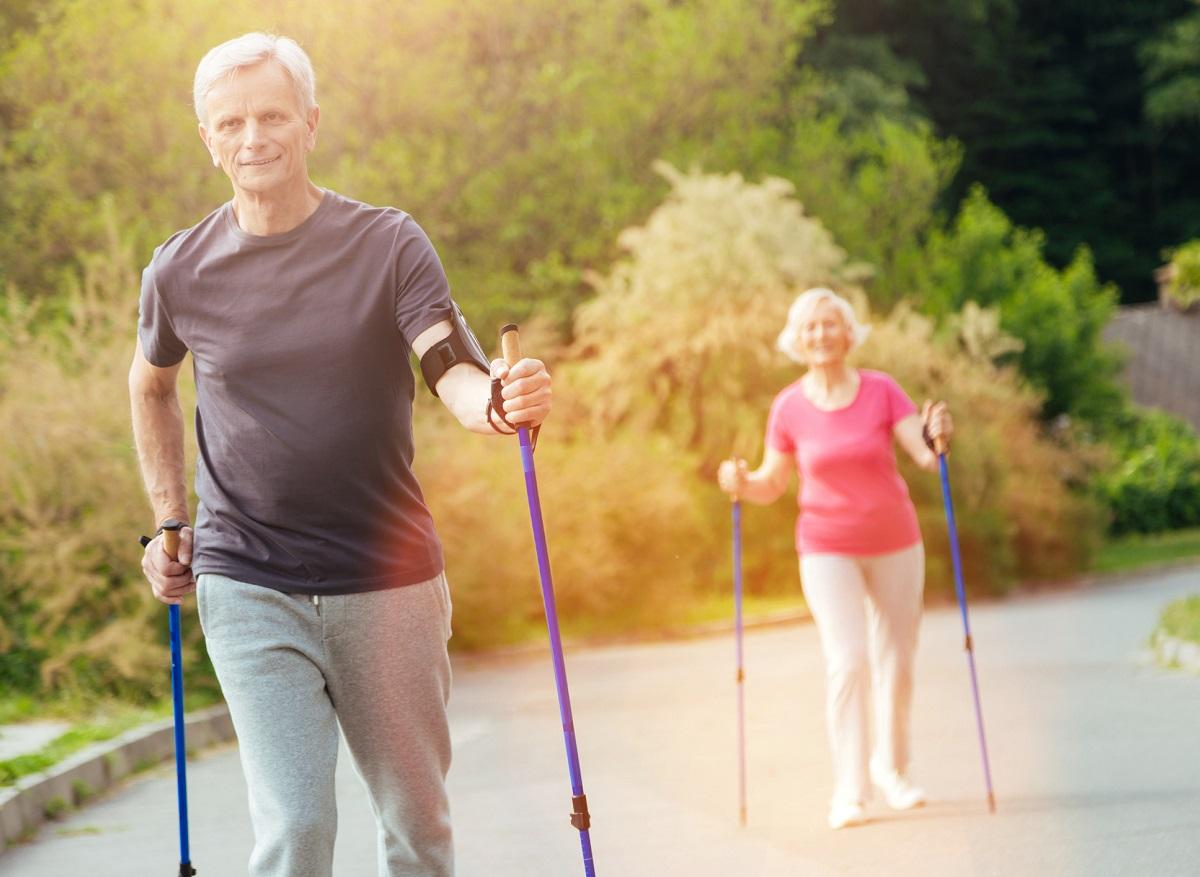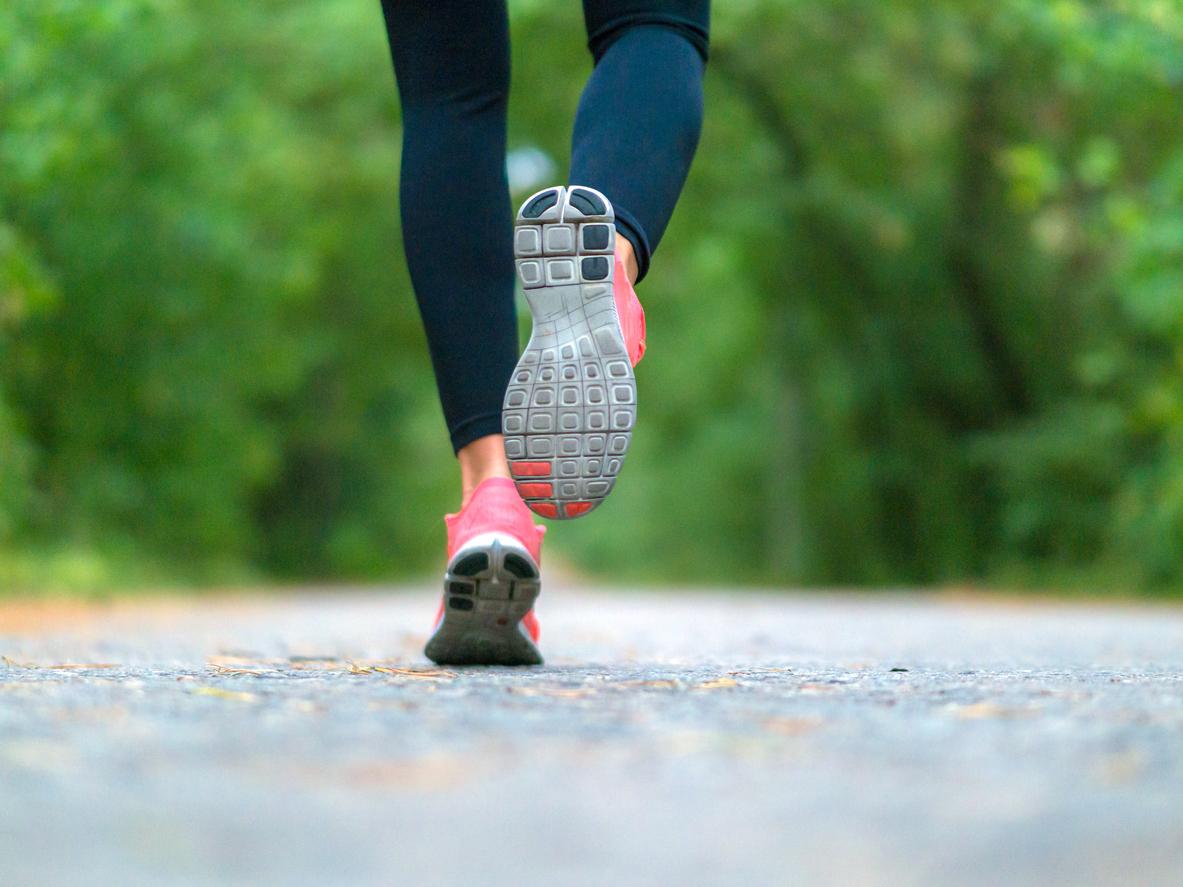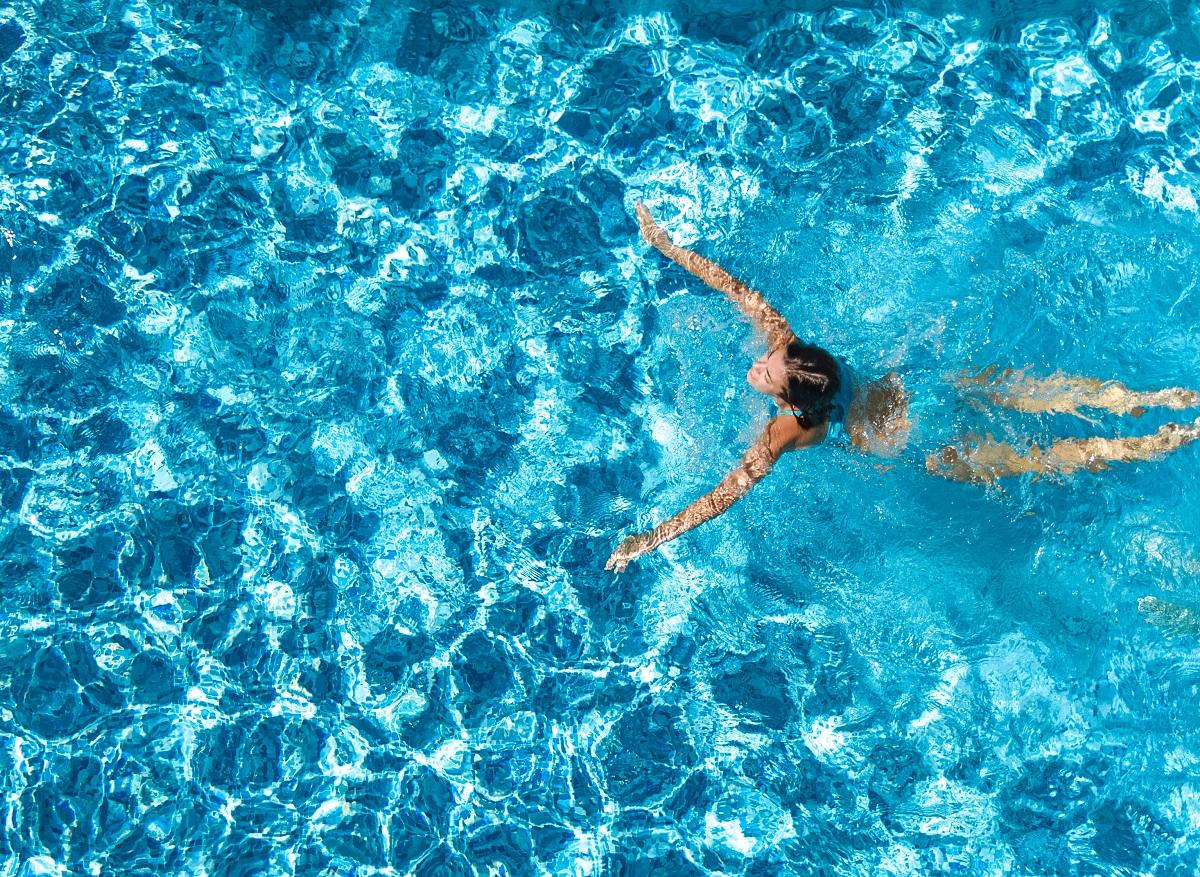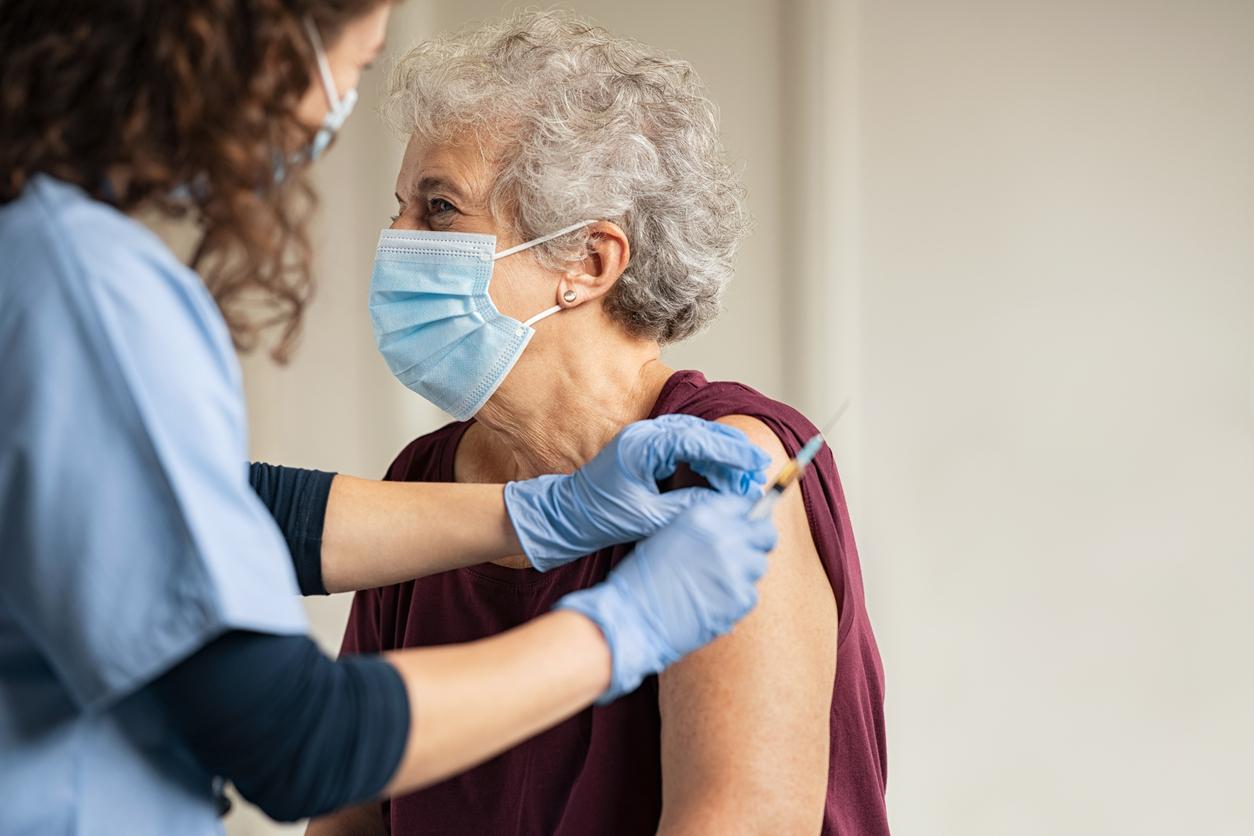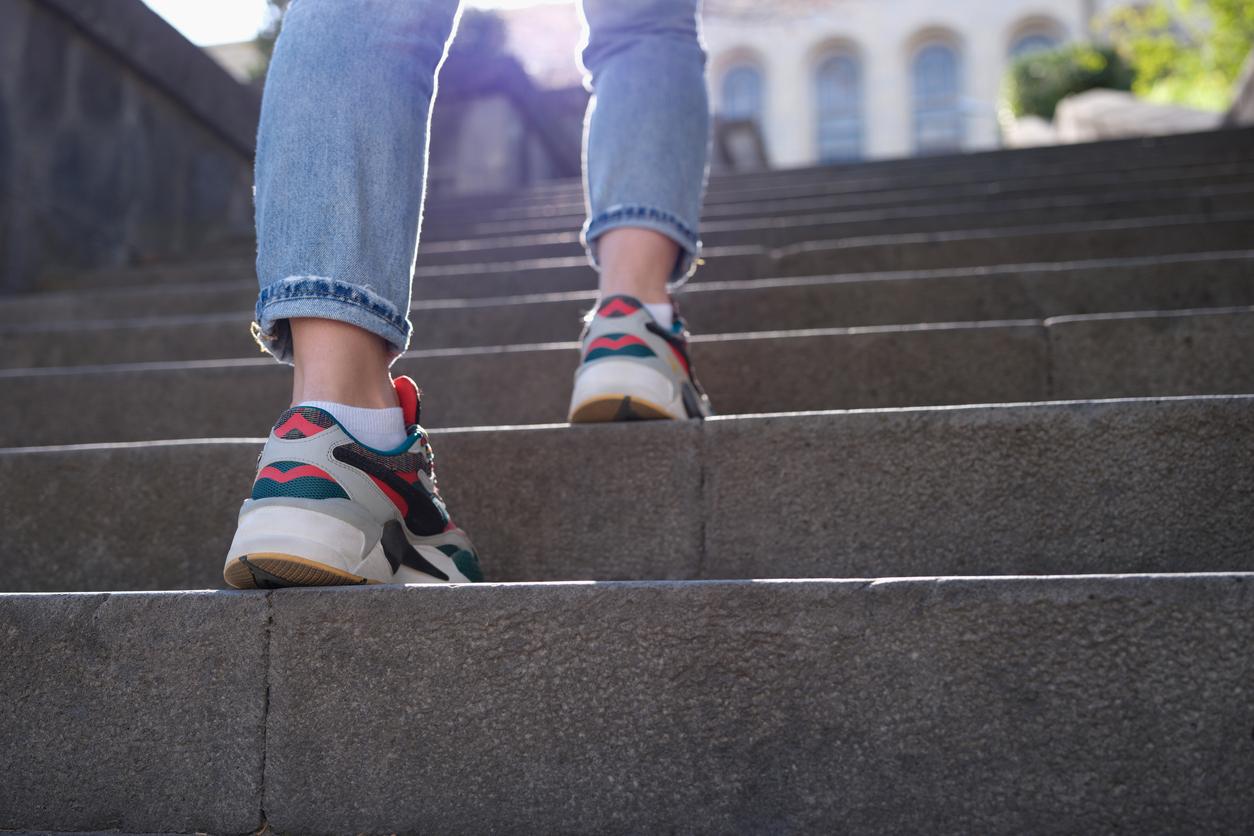A new study from the University of Connecticut finds that walking an extra 3,000 steps, and reaching at least 7,000 steps daily, can significantly reduce high blood pressure in older adults.
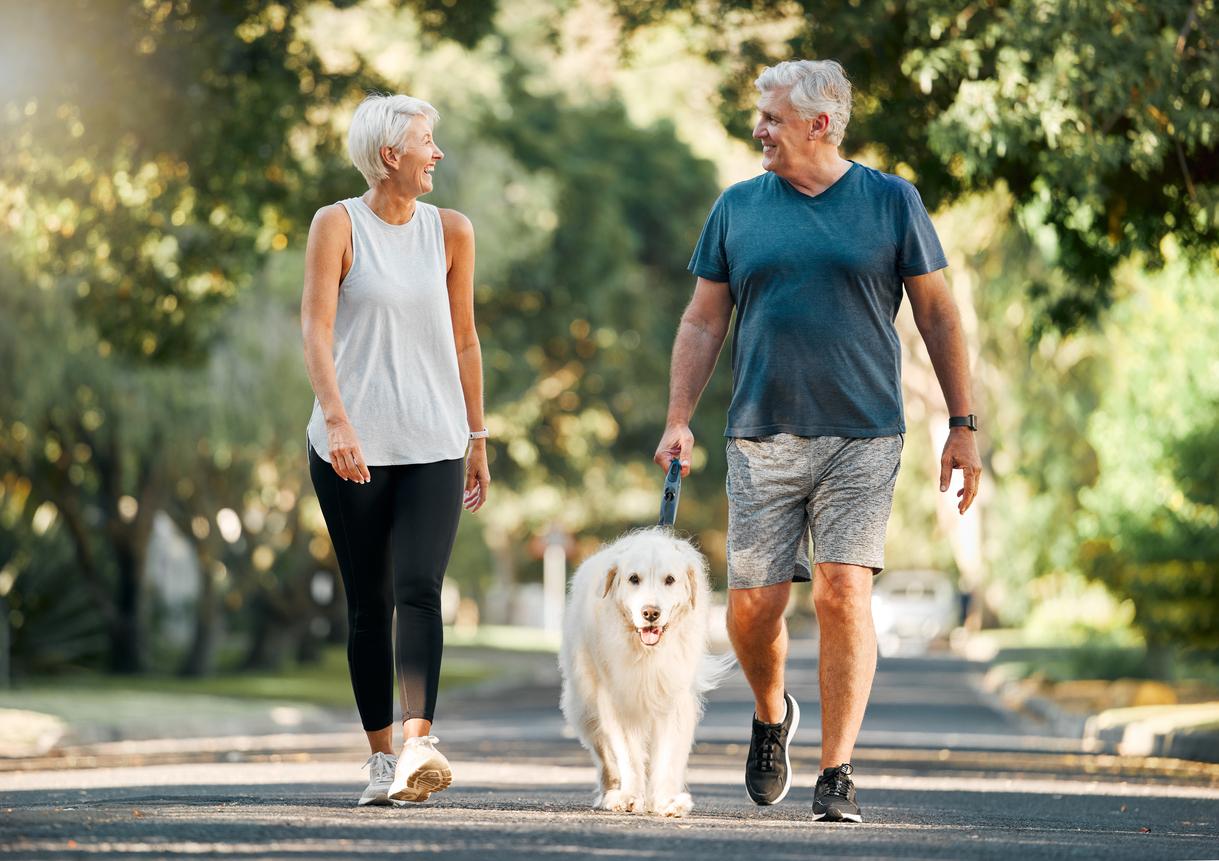
- According to a new study, taking 3,000 more steps per day on average to reach the 7,000 step threshold helps reduce high blood pressure in seniors.
- The work shows that, on the other hand, walking speed has little impact on blood pressure.
- Additionally, exercise enhances the effects of blood pressure treatments.
One in three people suffer from high blood pressure (hypertension), meaning blood pressure equal to or greater than 140/90. Reducing it helps prevent several serious disorders such as heart failure, myocardial infarction and stroke. Walking a little more would be a good way to achieve this goal, according to a new study from the University of Connecticut. His results were published in the journal Journal of Cardiovascular Development and Disease.
Prevent hypertension: it’s necessary to walk 3,000 more steps per day
After previous work having demonstrated that exercise can have an immediate and lasting impact on lowering blood pressure in sufferers, Linda Pescatelloan expert in the physiology of physical activity at the University of Connecticut, wanted to determine if walking could help seniors reduce their high blood pressure. So she focused on a group of people aged 68 to 78 who averaged about 4,000 steps per day before the experiment.
Participants were asked to use pedometers daily to measure the number of steps they took each day. The results showed that walking 3,000 more steps per day, or a total of 7,000 steps per day, significantly reduced blood pressure. On average, systolic pressure decreased by seven points and diastolic pressure by four points.
“A goal of 3,000 extra steps is quite important, but not too difficult to achieve to see health benefits.”concludes Duck-chun Lee of Iowa State University, another study author, in a press release published on September 26, 2023.
Walk : Seniors’ speed has less importance for the heart
The researchers also found that walking speed, or reaching the goal in one go, was not as important as simply increasing the number of steps. totals.
“We have seen that the volume of physical activity is what East really important here, not the intensity”, explains Linda Pescatello. “It’s easy to do, seniors don’t need any equipment, they can do it anywhere and almost anytime”adds Duck-chun Lee.

HT : exercise can improve the results of treatments
The work made it possible to confirm another point. Exercise also improved treatment outcomes in people elderly people suffering from hypertension.
“In a previous study, we found that when exercise was combined with medications, exercise enhanced the effects of blood pressure treatments alone,” says Linda Pescatello. “This only highlights the value of exercise as a therapy antihypertensive. This is not at all about denying the effects of medications, but it is part of the treatment arsenal.”she concludes.











